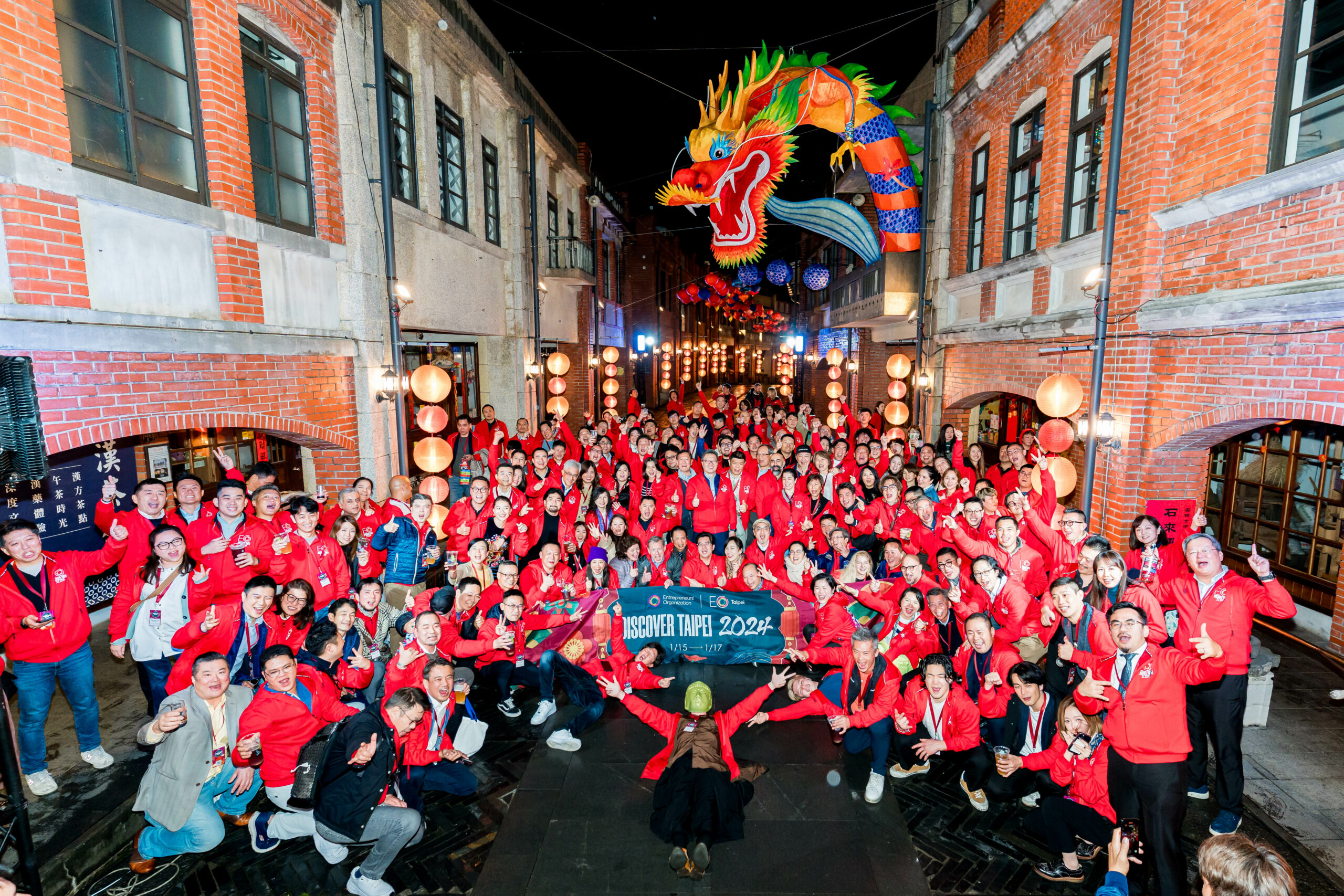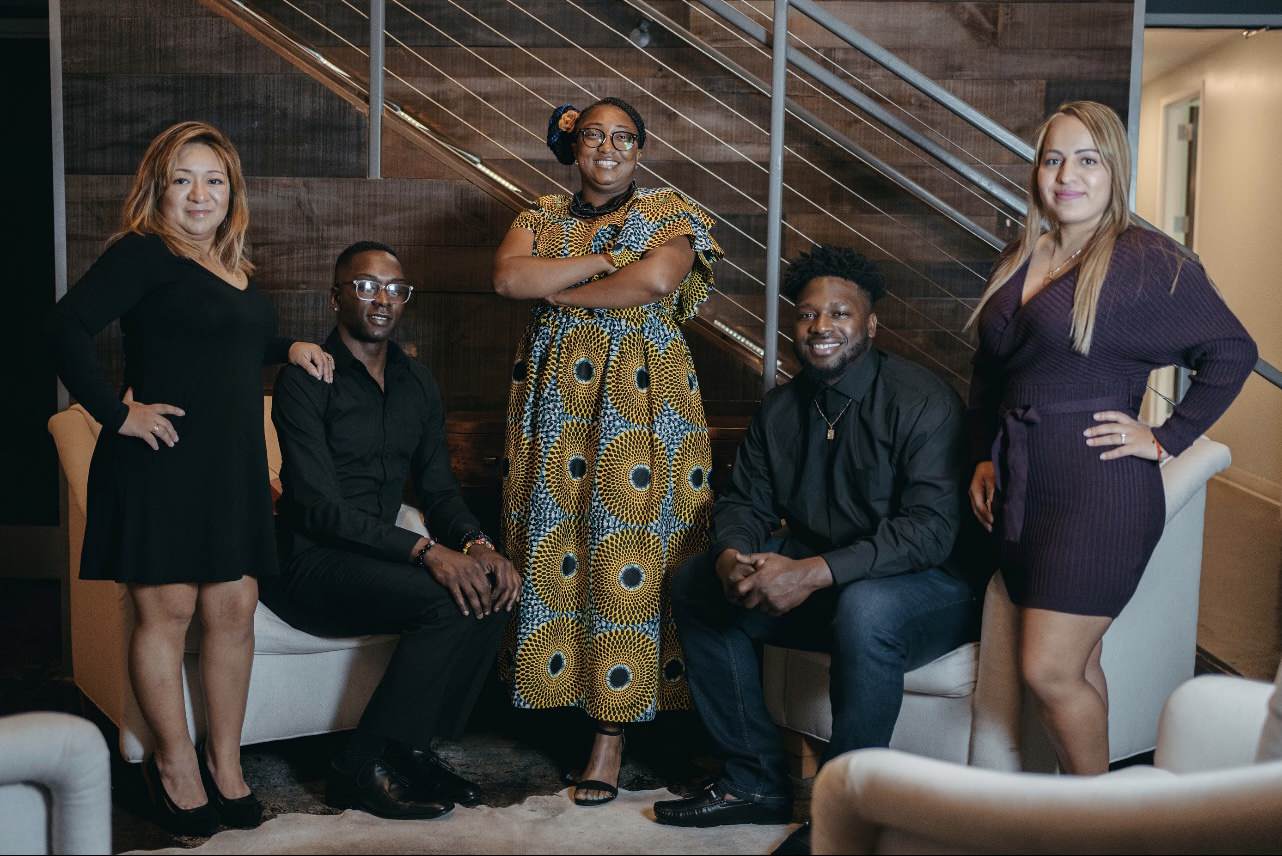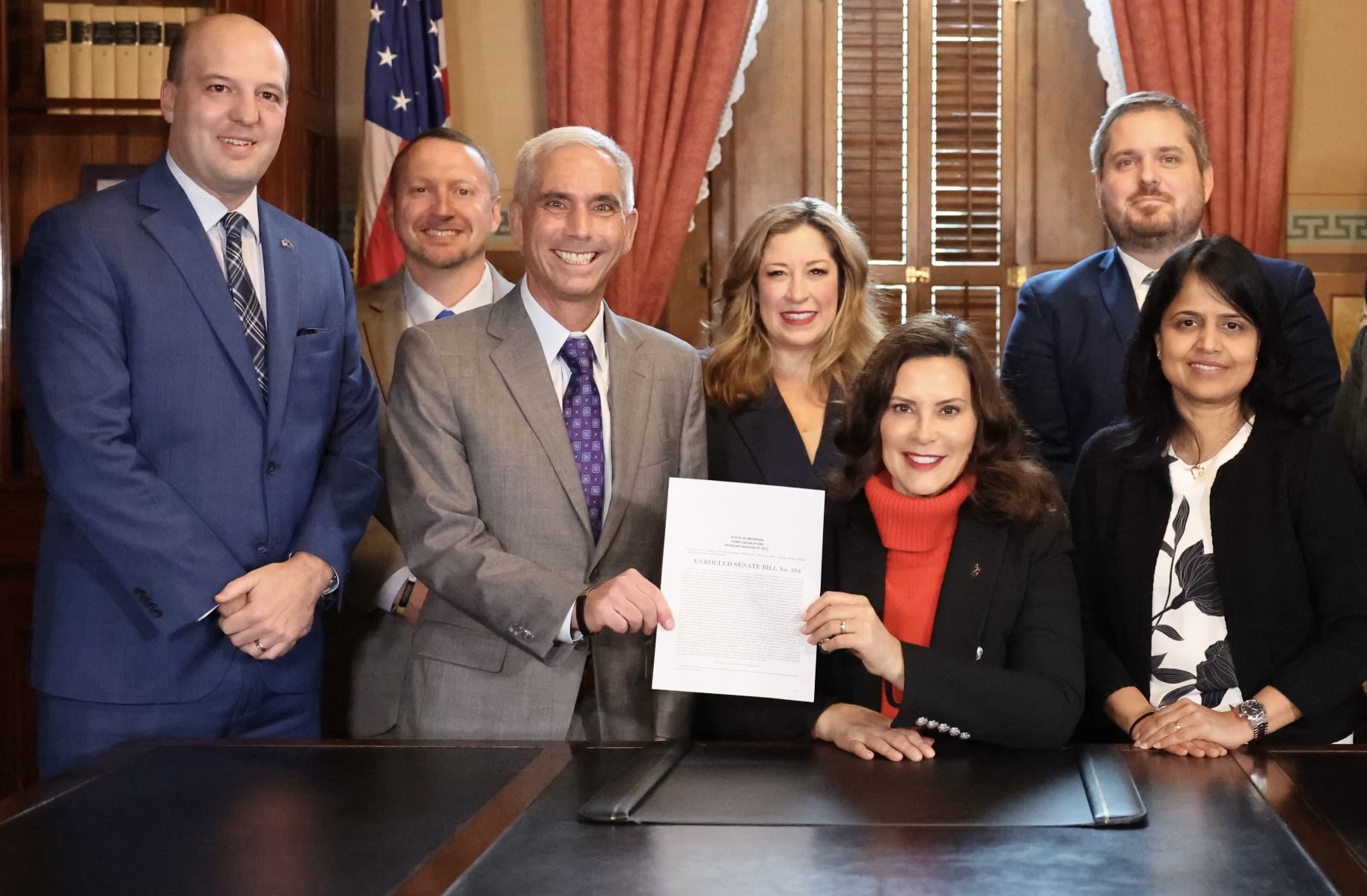
5 Things You Need To Be A Highly Effective Public Speaker
At some point along your entrepreneurial journey, it’s likely that you’ll be handed a microphone to address a large group of people. Learning the secrets to becoming a captivating public speaker before that moment arrives can be a game-changer. How can you improve your public speaking skills or overcome a fear of speaking in public? What does it take to give a fascinating and engaging public talk?
Andrea Heuston, a US West Bridge member, Global Speakers Academy graduate, and speaker coach, shared five things you need to be a highly effective public speaker:
1. Audience research.
The first thing you need to learn is that your speech is not about you; it’s about your audience. Before you even start writing your speech, do your research and understand your audience: why are they there, what makes them do things, what are their trigger points, what are their concerns and needs? Only after a lot of research do we start figuring out the right messaging and content, delivery mechanisms, and activities.
2. Location research.
Find out everything you can about where you’re speaking. How big is the stage, how much room will you have to move around, will you be behind a podium? How is the audience spread out? Practice your delivery within that context. For example, with TEDx, we know that the space for speakers is a 10 x 10. I have my speakers block it out at home with a rug or tape so they can feel the space and walk around it while practicing their speech. I have them do this so that when they are on stage, they’re not thrown off by having more or less space than anticipated.
3. Practice. Practice. Practice.
And then practice some more. It can’t be overstated how much you need to do this. You need to practice it when you’re alone; you need to practice reading it; you need to practice without reading it; you need to practice recording it and then reviewing the recording, you need to give the speech to your dog or the mirror, or your cat, or a family member. Once you feel comfortable, do a dummy run in front of a small audience of friends or trusted colleagues. And be sure to ask them for candid feedback.
Another tip: Watch recordings of your own speeches. You can improve your speaking skills dramatically by doing so. You’ll see or hear your verbal stalls, you’ll notice your body language, you’ll see when you’re not looking confident, you’ll get a sense of whether you’re gesturing too much, or too little, moving about the stage too much or not enough.
4. Hook them with an opening “heart” story.
Audiences like personal stories. It’s a way to connect with them. I call it the “opening heart story”. But it can’t be a random story; you need to connect the story to the message of your speech. For example, since I was once in a coma (a story for another day!), I start some speeches by saying:
“I started the year off in the emergency room. In March, I had surgery. In April, I had more surgery. On May 30th, I became very ill. Three days, one misdiagnosis, three emergency rooms, two ambulance rides, and one very concerned husband later, I was in surgery yet again. I didn’t wake up from that surgery for nearly three weeks, as the doctors put me in a medically induced coma.” It’s a story that immediately gets people’s attention and emotionally involved in my speech.
But I don’t just tell the story to get attention. Between the coma and recovery, l was gone from work for seven months, and my team stepped in and ran the company in my absence. Before the coma, I had been a micromanager and touched 80% of the projects that came through Artitudes’ door. I didn’t know how to empower my team. Good leaders know how to delegate and let people play to their strengths. I didn’t. Learning to let go made me a better leader and the company stronger — and that’s the point I make through the coma story. The company would not be as successful as we are today if I had kept my old micromanaging habits.
5. Pay attention to language and cadence.
No matter how great the content, your speech may fall flat if you haven’t paid attention to the language and your cadence. For example, if you use words such as “just” or “I think” or “maybe,” it weakens the power of your words and reduces your power as a speaker. Women, in particular, undermine themselves with the language they use. You need to be — and sound — confident.
Other strategies include varying the pace, pitch, and volume of your delivery.
One tool I use in my speeches is a “repeated stem.” Repeated stems draw attention to ideas and takeaway points. The most well-known example of a repeated stem is “I have a dream” in Martin Luther King, Jr.’s famous speech.
In my speech about gratitude, I’ll say, “I have one last thing I’d like to share with you: you deserve a joyful life, where anxiety takes a back seat to happiness; you deserve a joyful life where it’s easy to find gratitude in every moment; you deserve a joyful life, one with endless opportunity in grace, you deserve a joyful life” — and so on.
Bonus tip: Keep it positive
One thing that I ask all my speakers to do, and what I do, is to think positively. It can make a huge difference. It has helped me as a speaker to overcome negative self-talk. I used to work myself into a lather before a speech. I’d think, “No one’s going to listen to me,” or “It’s going to fall flat.” Or worse.
But instead, when I coach speakers, I give them affirmations and visualization exercises. I ask them to visualize the audience giving them a standing ovation at the end. I ask them to use affirmations such as “I’m going to do well today” or “I’m so grateful for the opportunity to help this audience,” that kind of thing. So then what you’re doing is setting yourself up for success rather than failure.
Are you ready to level-up your speaking skills?
If you’re an EO member, you’re in luck: Global Speakers Academy is EO’s signature development programme that coaches members on how to build their signature talk with transformational results.
Contributed by Andrea Heuston, an EO US West Bridge chapter member who is a Speaker Coach to leaders at Fortune 100 companies, a best-selling author, and CEO of Artitudes, a full-service design firm specializing in executive presentations, branding and visual marketing.
This article was originally published in Authority Magazine and is reprinted here with permission.
For more insights and inspiration from today’s leading entrepreneurs, check out EO on Inc. and more articles from the EO blog.









